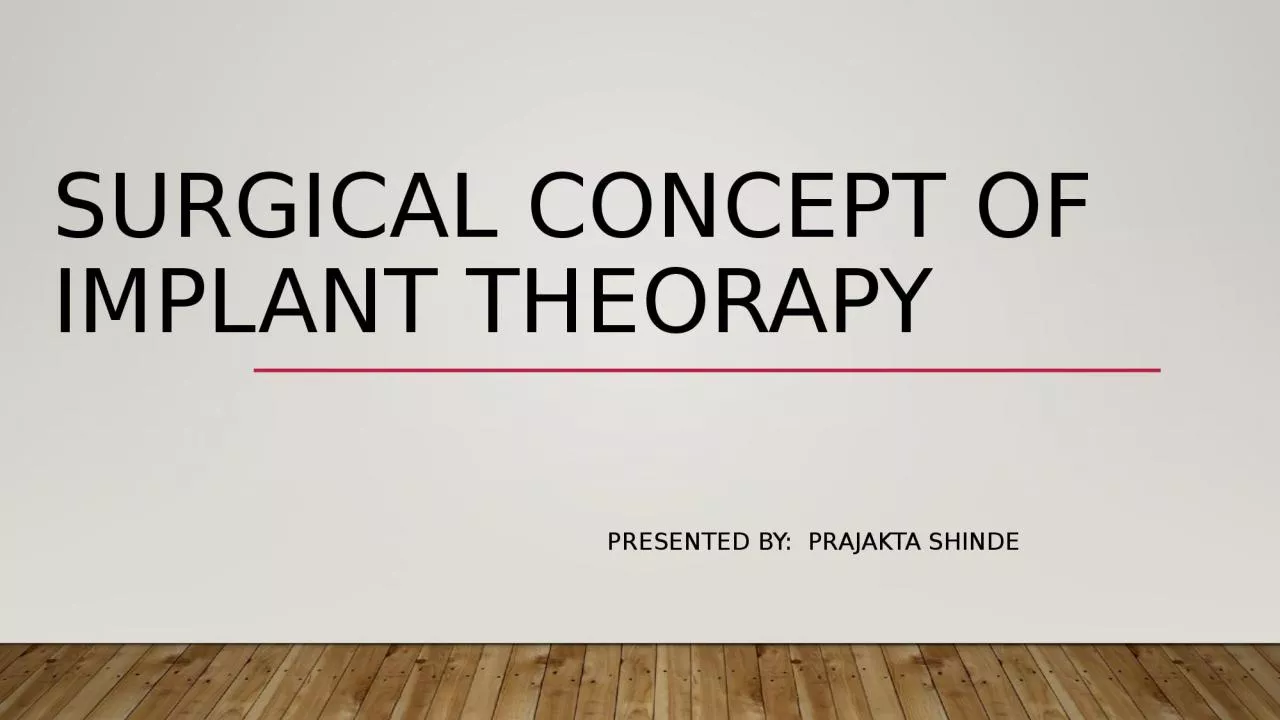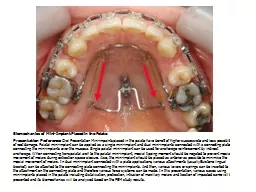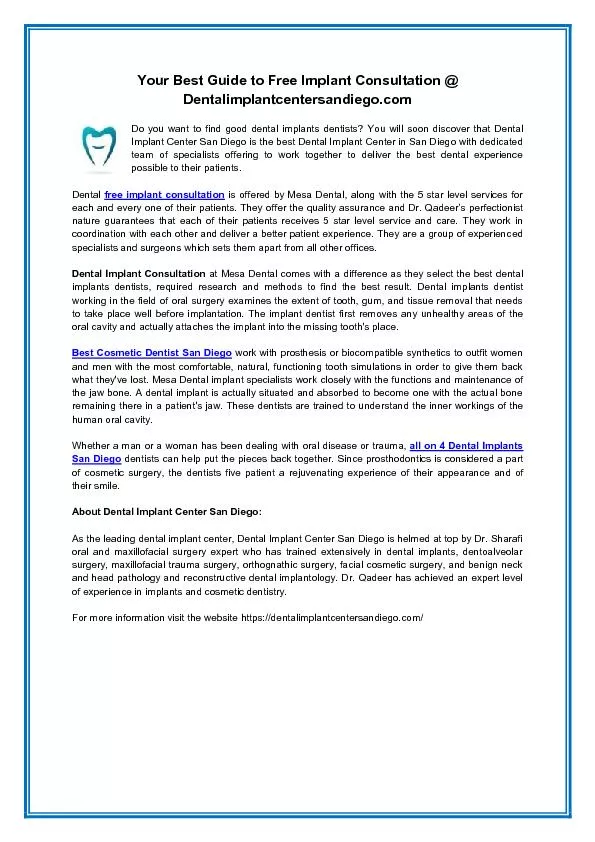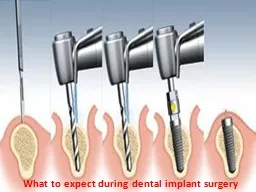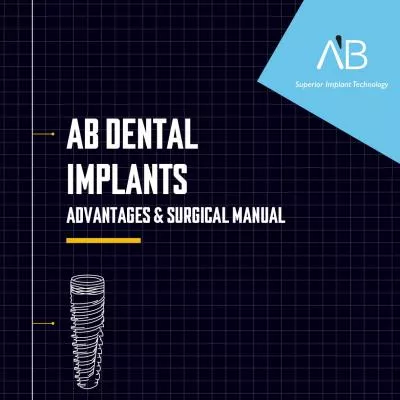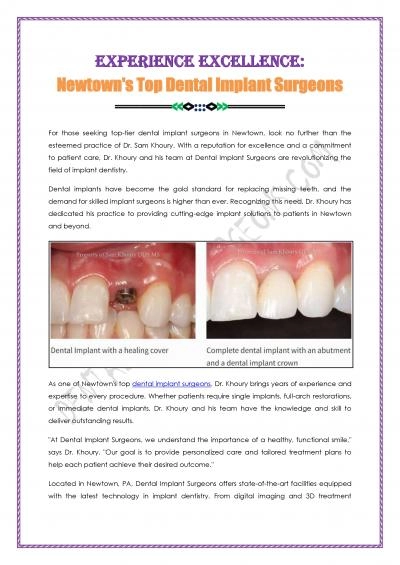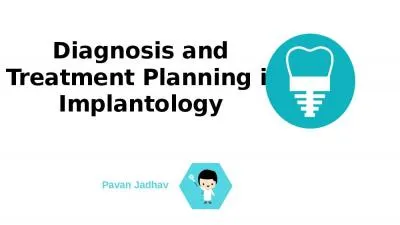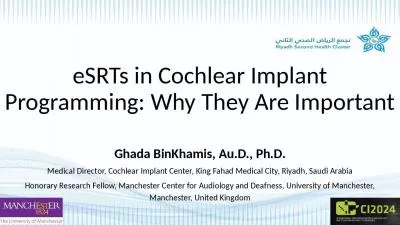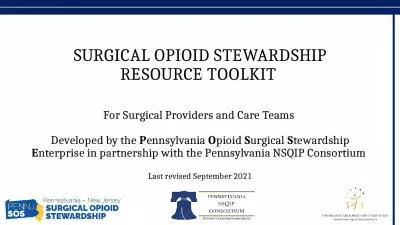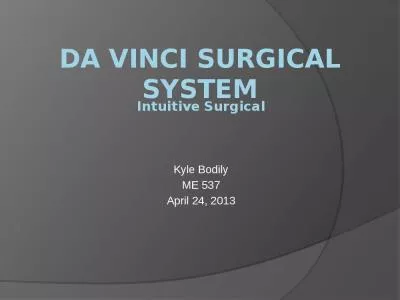PPT-Surgical Concept of implant
Author : rosemary | Published Date : 2024-02-09
Theorapy Presented by Prajakta Shinde IMPLANT A dental implant also known as an endosseous implant or fixture is a surgical component that interfaces with the
Presentation Embed Code
Download Presentation
Download Presentation The PPT/PDF document "Surgical Concept of implant" is the property of its rightful owner. Permission is granted to download and print the materials on this website for personal, non-commercial use only, and to display it on your personal computer provided you do not modify the materials and that you retain all copyright notices contained in the materials. By downloading content from our website, you accept the terms of this agreement.
Surgical Concept of implant: Transcript
Download Rules Of Document
"Surgical Concept of implant"The content belongs to its owner. You may download and print it for personal use, without modification, and keep all copyright notices. By downloading, you agree to these terms.
Related Documents

